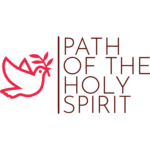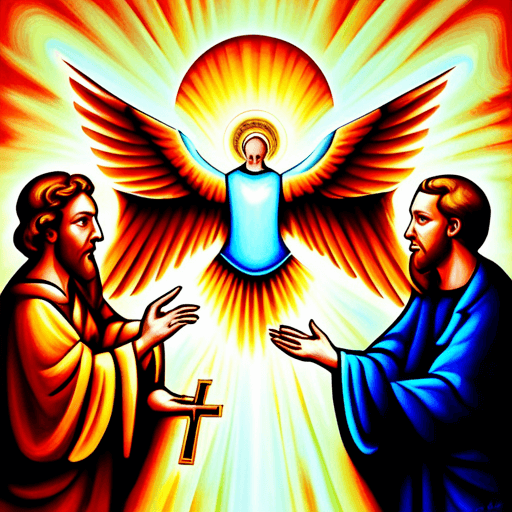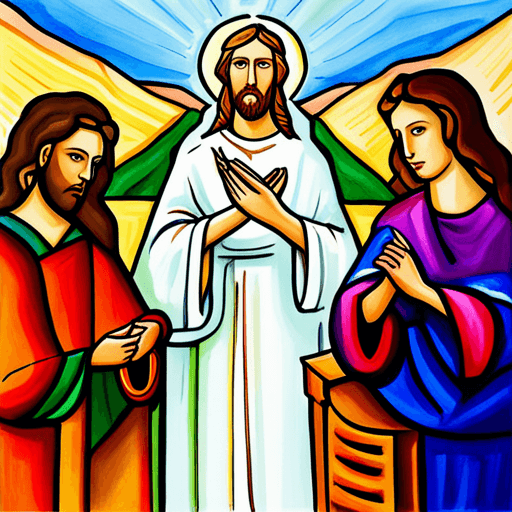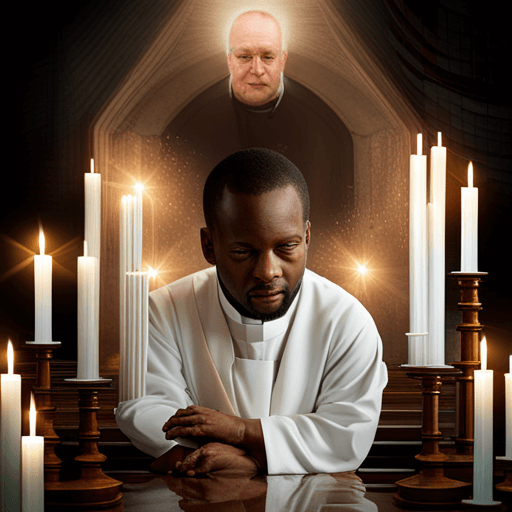You, dear reader, are about to embark on a journey through history, one that delves into the unique aspect of the medieval papacy known as the Papal States.
This fascinating topic offers insight into the power struggles and political machinations that characterized the Catholic Church during its formative years.
As you explore this subject, you will discover how the establishment of the Papal States gave rise to a new type of religious leader: one who wielded both spiritual and temporal power.
You will also learn about the challenges faced by these leaders as they sought to maintain their authority amidst shifting political landscapes.
The legacy of the Papal States extends far beyond Church history, shaping our understanding of politics and religion even today.
So come along for this insightful journey through time and discover how this unique aspect of the medieval papacy continues to influence our world today.
The Establishment of the Papal States
You might not realize it, but the creation of a territorial realm for the pope was a significant development in the history of Christianity. The establishment of the Papal States allowed for a unique aspect of the medieval papacy that had never been seen before.
With their own army and territory, popes were no longer restricted to Rome and could expand their influence beyond just spiritual matters. The papal army played a crucial role in expanding and protecting the Papal States.
In fact, it was under Pope Julius II that the papal army became one of the most formidable military forces in Europe. Through his leadership and military prowess, he not only secured the Papal States but also expanded them through conquests such as Bologna and Ferrara.
This territorial expansion allowed for greater authority and power for future popes, cementing their position not only as religious leaders but also as political ones with tangible sovereignty over lands.
The Role of the Pope as a Temporal Ruler
As the leader of the Catholic Church, you weren’t just responsible for guiding the spiritual lives of your followers. You were also responsible for governing a vast territory. The Papal States, which included central Italy, were under your control as a temporal ruler.
This sovereignty allowed you to exercise power over your subjects in ways that secular rulers couldn’t. However, this unique aspect of the medieval papacy caused conflicts with secular rulers. They saw your political authority as a threat to their own power.
These tensions often led to wars and disputes over land ownership and jurisdiction between you and various European monarchs. Nevertheless, despite these challenges, you continued to assert your authority as both a spiritual leader and temporal ruler. This left an enduring legacy that continues to shape modern-day Catholicism.
The Political Power of the Papal States
The Pope’s political power extended beyond spiritual guidance, creating conflicts with secular rulers and leaving a lasting impact on European history.
The Papal States, which encompassed central Italy, served as the seat of the papacy and were ruled by the Pope as a temporal monarch. This unique form of government, known as a theocracy, placed both religious and secular power in the hands of one individual.
The political power of the Papal States had a significant economic impact on Europe during the Middle Ages. The Pope used his authority to regulate trade routes and tax collection within his domain. Additionally, pilgrims traveling to Rome brought wealth to the city through offerings and donations.
However, conflicts between the papacy and other rulers often led to wars that disrupted commerce throughout Italy. Despite these challenges, the Papal States remained an important political entity until their dissolution in 1870.
Challenges and Conflicts Faced by the Papal States
You’ll face conflicts and challenges when trying to wield both religious and secular power, just like the Popes did in their time. The Papal States were not immune to such struggles, as they faced multiple threats from external forces.
One of the most significant challenges was dealing with foreign invasions that threatened to compromise the sovereignty of the papacy. The Papal army played a crucial role in protecting the territory from invaders.
However, maintaining an army required resources that could have been used for other purposes, such as financing missionary activities or building churches and cathedrals. Furthermore, relying on military might also raised questions about the ethical legitimacy of using violence in defense of religious principles.
Despite these tensions, the Popes recognized that securing their political power was essential for safeguarding their spiritual authority over Christendom.
The Legacy of the Papal States in Church History and Beyond
You’re about to discover how the influence of the Holy See extended far beyond the boundaries of Italy, leaving an indelible mark on the history and culture of Europe.
The Papal States were a unique aspect of the medieval papacy that not only served as a territorial entity but also played a significant role in shaping European politics and cultural identity.
Through Papal diplomacy, they established alliances with other countries and contributed to peacekeeping efforts during times of conflict.
The cultural impact of the Papal States can still be seen today through their contributions to art, architecture, literature, and education.
The Vatican Library is one such example where countless works from all over Europe were collected and preserved for future generations.
Furthermore, many universities were founded under papal patronage which helped shape intellectual thought by providing a platform for scholars to engage in important discussions and debates.
In conclusion, the legacy of the Papal States cannot be understated as it continues to inspire people across different cultures and religions even today.
Frequently Asked Questions
How did the establishment of the Papal States affect the relationship between the Church and secular powers?
If you’re interested in the relationship between the church and secular powers, it’s impossible to ignore the impact of political autonomy and economic influence.
The establishment of the papal states had a profound effect on this dynamic. With its own territory, the church was able to wield a level of power that went beyond spiritual matters. This led to conflicts with secular rulers who were often reluctant to cede control.
However, it also gave the church a level of independence that allowed it to act as a counterbalance to temporal power. In many ways, this struggle defined medieval Europe and set the stage for future developments in politics and religion.
How did the Papal States contribute to the development of medieval art and architecture?
If you’re fascinated by the intricate and beautiful artistry of the medieval period, it’s worth exploring how the Papal States contributed to its development.
During this time, architectural advancements were abundant as new styles emerged and evolved. The papacy played a significant role in commissioning works of art that reflected their religious beliefs. From grand cathedrals to ornate sculptures, these works showcased incredible craftsmanship and attention to detail.
Such artistic endeavors were also used as propaganda tools to promote the power of the church and its leaders. As such, exploring the relationship between religion, politics, and art during this period can offer unique insights into a fascinating era of human history.
What was the impact of the Papal States on the everyday lives of the people living within its borders?
Living within the borders of the Papal States during medieval times meant experiencing a unique way of life. The economic impact was significant, as taxes and trade regulations were enforced by the papacy to maintain its power. This led to both prosperity and hardships for the people, depending on their social status and occupation.
Social implications were also evident, as the presence of the Church influenced daily practices, from religious ceremonies to moral codes of conduct. However, it also provided a sense of community, with everyone sharing in common beliefs and traditions.
The Papal States may have been ruled by a powerful institution, but it also shaped the everyday lives of those who lived within its boundaries in complex ways that continue to fascinate us today.
How did the Papal States navigate conflicts with other European powers during the medieval period?
Medieval diplomacy was a complex web of alliances and conflicts, and the Papal States weren’t an exception. The popes had to navigate delicate relationships with other European powers, balancing their spiritual authority with political realities.
Through strategic marriages, military interventions, and diplomatic negotiations, the papacy forged alliances with powerful rulers such as Charlemagne and Frederick Barbarossa. Yet these alliances were often fraught with tension and could quickly unravel in times of crisis.
The papacy’s ability to navigate these conflicts was a testament to its unique role as both a religious leader and a political power player in medieval Europe.
What was the role of the Papal States in the spread of Christianity to other parts of the world?
Are you curious about the role of missionaries in spreading Christianity to non-papal state territories? The answer is multifaceted and complex.
Missionaries played a crucial role in the dissemination of Christian beliefs, as they traveled to distant lands and shared their faith with others. They often faced significant challenges, such as language barriers and cultural differences, but their unwavering commitment to their cause drove them forward.
By bringing Christianity to new regions, these missionaries helped to establish strong communities that were united by a shared set of values and beliefs. In many ways, this process helped create a sense of belonging for those who may have felt disconnected from society at large.
Conclusion
Congratulations on completing your journey through the fascinating history of the Papal States. As a reader, you’ve gained a unique insight into the medieval papacy and its role as both a spiritual and temporal power.
The establishment of the Papal States was a significant moment in Church history, allowing the Pope to wield political power beyond his spiritual authority. However, this dual role also presented challenges and conflicts that tested the Papacy’s strength over time.
Despite these obstacles, the legacy of the Papal States endures today as an important aspect of Catholic history and influence in shaping Western civilization.
As you reflect on your experience learning about the Papal States, consider how their story speaks to larger questions about power, governance, and morality. Through studying history, we can better understand our own place in society and learn from past mistakes to build a brighter future.
May this knowledge inspire you to continue exploring new perspectives on our world and its rich tapestry of human experience.




